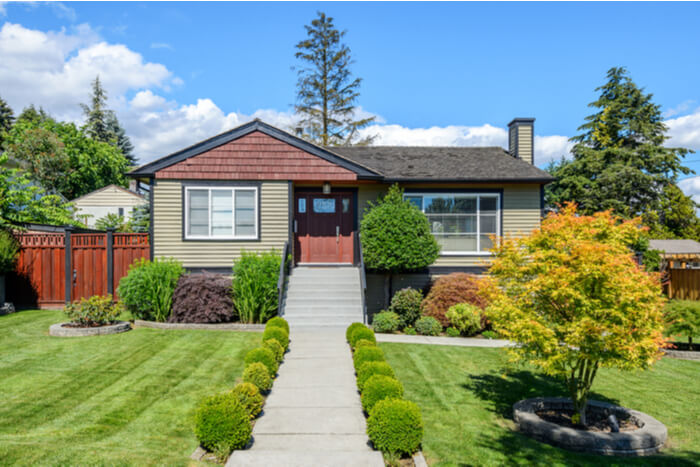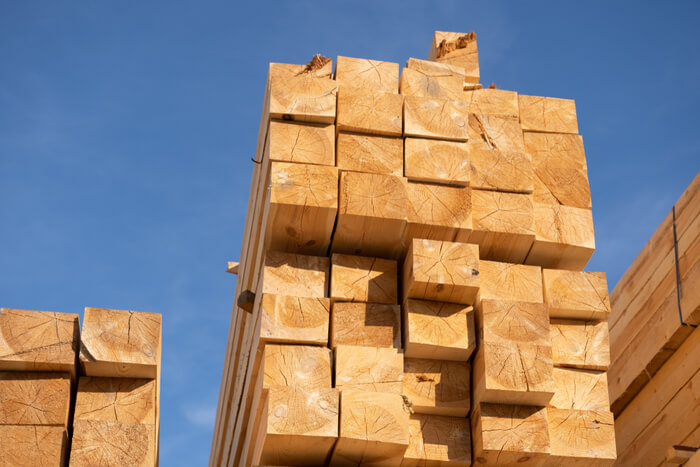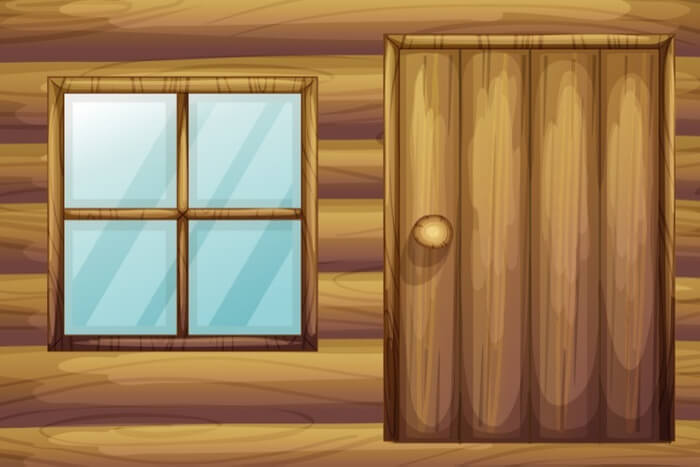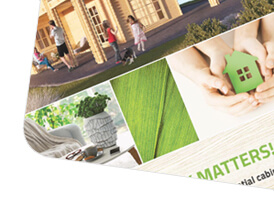Log cabin insulation has always been a topic of debate. However, today after several studies have been conducted to find out about the thermal insulation of log cabins, individuals have started considering insulating their log cabins for even better results. Fortunately, people have realised the importance of insulation in a log cabin, thus manufacturers have also launched a range of insulated log cabins to help homeowners enjoy a cosy and comfortable living setting as well keeping heating and cooling costs low.

The National Bureau of Standards’ Test has verified the Energy Conserving “Thermal Mass Effect” for heavy log walls in log homes. The study was conducted by the NBS (National Bureau of Standards) for the Department of Housing and Urban Development (HUD) and the DOE (Department of Energy) in America to find out the results of thermal mass (the bulk of solid log walls, or block and brick walls) on a structure’s energy consumption. For the study, 6 20’x20’ test buildings were made on the grounds of the NBS, in the autumn of 1980. Each structure was similar apart from construction of its exterior walls. The same temperature was maintained in the buildings for the 28 weeks test period. The energy consumption of each structure was accurately recorded by NBS professionals during the whole period.
In the 3 week spring heating duration, the log structures consumed 46% less heating energy than the insulated wooden frame building. In the 11 week summer cooling period, the log structure used 24% less cooling energy than the insulated wooden frame building. In the 14 week winter heating period, both the buildings consumed almost the same amounts of heating energy. The NBS professionals conducting the test calculated the R-value of the log cabin (made with a 7” solid square log) at a nominal R-10. The insulated wooden frame building, with its 2’x4’ wall and 3-12” of fibreglass insulation had a nominal of R-12, providing the wooden frame structure with 17% more R-value.
Yet in the complete 28 week, 3 season test cycle, both buildings used almost the same amounts of energy. This directed the NBS to conclude that the thermal mass of log walls is an energy conserving feature in residential buildings. The NBS technicians also found that the heavyweight walls do show a thermal mass effect and therefore save noticeable amounts of energy both in summers and winters.
Thus, it can be confidently said that insulated log walls help you keep your heating and cooling bills low. Here are a few factors to keep in mind when deciding the details of your log cabin:
Scandinavian Slow-Grow soft timber: Scandinavian slow-grown soft timber is the best for garden log cabins. They have a very tight grain and higher density than faster growing wood. The wood is quite stable and doesn’t warp or twist. Its greater insulation properties provide homeowners with the benefit of reducing heating and cooling costs and therefore decreasing lifetime fuel consumption. Northern white cedar also makes a great choice for log cabins. They have an R-Factor of 1.41 per inch of thickness. For a 6’ log wall, this will add up to an average R-Factor of 8.46 before any additional insulation is applied to the structure. In comparison, pine has an average R-Factor of 1.12 per inch or only 7.26 for a six inch log wall.

Continuous insulating properties: As compared to conventional exterior walls, log walls have an advantage because of their continuous insulation. Traditional walls are constructed with 2’x6’ or 2’x8’ studs. And the in between spaces are filled with fibreglass insulation of high R-value. Not everybody knows that the R-factor of a stud is comparatively lower than the insulation placed in the spaces. The stud walls act like a filter, which allows energy to escape. Moreover, normally in reality installed fibreglass loses about 28% of its expected R-factor because the installation conditions are not controlled in a laboratory. However, log walls usually offer a continuous barrier of approx R-9 before extra insulation is applied.
Insulation of the basement: You need to pay special attention to the insulation of the foundation, which can lose 20%-30% of your home’s energy. Despite the fact that it seems sturdy, poured concrete has an R-Factor that is less than a double-glazed window. Including insulation in the foundation is certainly important for improved efficiencyand savings.
Wall insulation options: Manufacturers offer their customers options for adding insulation without affecting the aesthetics of an ideal log house. The provided insulation packages provide an increased R-14 of continuous insulation in your cabin by adding a sheet of strong insulation and then timber panelling, which serves the purpose of the interior wall surface. This enhances your energy efficient noticeably.
Windows and doors: Several advances have been made to make windows and doors more efficient. But the easiest and simplest way to make your log cabin energy efficient is to keep the number of windows on north-facing walls low. Also it is advised to use insulating window treatments like cellular shades, and increase the passive solar advantages on windows on southern facing walls. E-glaze treated windows, which are readily available, can reduce the overall effects of passive solar gain. Thus, it is important to ensure that window selection is appropriate for the complete design of your log house.

Calculate your efficiency: Hardly anybody gives consideration to what their monthly energy bill will be 10 years down the road. It is important to sit down with your heating and cooling professional to calculate the approximate cost of your energy consumption over the next 10 years, based on square footage, heating systems, type of fuel, and the initial cost of the system. You can also get in contact with your log cabin manufacturer to calculate the energy savings for your log homes to give you exact details of your saving over the period of time.
So, if you were confused as to whether to get your log cabin insulated or not or whether or not to invest in an insulated log cabin, then we are sure that now you know the answers.












